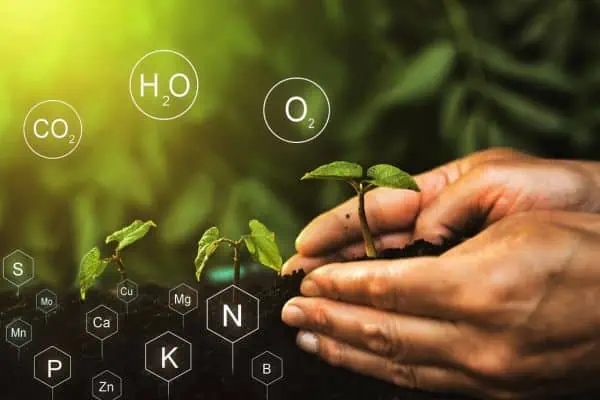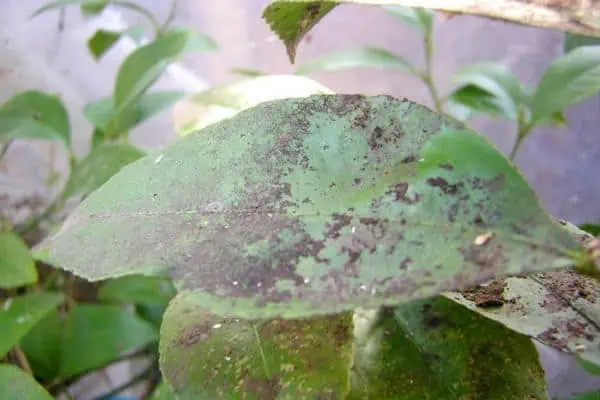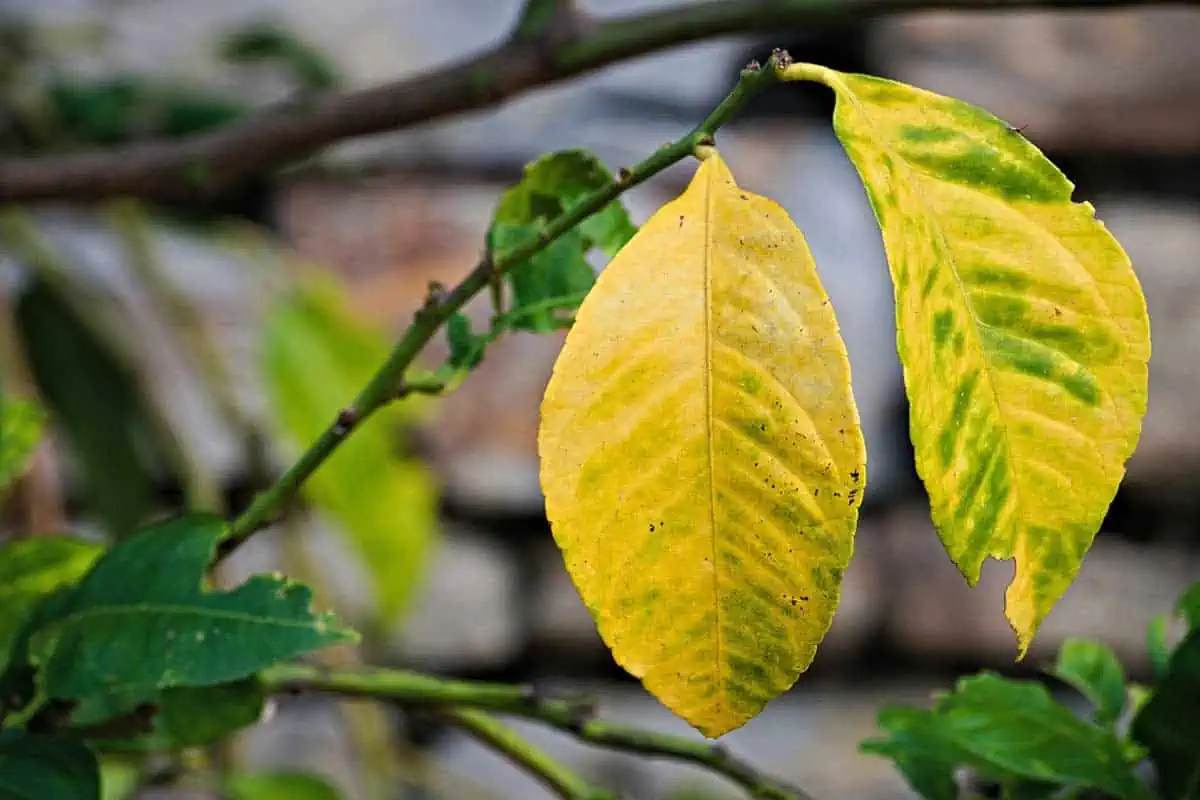As a lemon tree owner, you may notice the yellowing of leaves, which can be a cause for concern. In this article, we will delve into the various reasons why lemon tree leaves turning yellow, provide you with tips on how to prevent this problem, and answer some common questions. We will also include a helpful table to aid you in your quest for a healthy and thriving lemon tree.
5 Reasons for Yellowing Lemon Tree Leaves
In this section, we will explore the main reasons that can cause your lemon tree’s leaves to turn yellow, providing you with valuable information to help diagnose and treat the issue.
1. Nutrient Deficiencies

Lemon trees require specific nutrients to grow and produce fruit. The most common deficiencies that lead to yellow leaves are nitrogen, iron, and magnesium. These deficiencies can be diagnosed through soil tests and corrected by adding the appropriate fertilizer.
2. Overwatering or Poor Drainage
Too much water can cause the roots of your lemon tree to rot, leading to yellow leaves. Ensure proper drainage by planting your tree in well-draining soil or using a raised bed.
3. Pests and Diseases

Pests like spider mites, aphids, and citrus leaf miners can cause your lemon tree’s leaves to turn yellow. Diseases such as citrus greening and root rot can also lead to yellowing leaves. Regularly inspect your tree for signs of infestation and treat as needed.
4. Natural Aging Process
Older leaves will naturally turn yellow and fall off as part of the lemon tree’s growth process. This is normal and not a cause for concern.
5. Climate and Environmental Stress

Temperature extremes, such as sudden cold snaps or prolonged heatwaves, can stress your lemon tree and cause leaves to turn yellow. Protect your tree from extreme temperatures by providing shade or insulation as needed.
| Cause of Yellow Leaves | Prevention and Solutions |
|---|---|
| Nutrient Deficiencies | Soil tests, balanced fertilizer |
| Overwatering/Poor Drainage | Consistent watering, proper drainage |
| Pests and Diseases | Regular inspection, appropriate treatments |
| Natural Aging Process | Understand and accept normal leaf drop |
| Climate/Environmental Stress | Protection from extreme temperatures |
Tips for Preventing Yellow Leaves
In this section, we offer some practical tips to help you prevent the yellowing of your lemon tree leaves and maintain a healthy tree.
1. Regular Soil Testing
Conduct regular soil tests to monitor nutrient levels and detect potential deficiencies before they become a problem.
2. Use a Well-Balanced Citrus Fertilizer
Apply a well-balanced citrus fertilizer and follow the recommended application rates to maintain proper nutrient levels in the soil.
3. Water Consistently, but Avoid Overwatering
Lemon trees need consistent watering, but avoid overwatering to prevent root rot and yellowing of leaves. Water deeply once a week, and ensure well-draining soil to allow excess water to flow away from the roots.
Monitor your tree’s water needs closely and reduce watering frequency if the soil is consistently wet. By providing good drainage and proper watering, you can help your lemon tree produce abundant, delicious fruit.
4. Ensure Proper Drainage
To prevent root rot and other issues., ensure proper drainage and avoid planting lemon trees in heavy, waterlogged soil. Good drainage helps excess water to flow away from the roots and allows the soil to stay moist but not waterlogged.
5. Regular Inspection for Pests and Diseases

Regular inspection of lemon trees for pests and diseases is essential to maintaining their health and productivity. Pests like aphids, mites, and whiteflies can damage the leaves and fruit, while diseases like citrus canker and citrus greening can cause yellowing and decline.
To prevent infestations, it is important to monitor your tree regularly and look for signs of damage or stress. Check the leaves for discoloration, spotting, or curling, and inspect the fruit for blemishes or deformities. If you notice any signs of pests or disease, take action promptly to prevent them from spreading.
There are several methods for treating pests and diseases on lemon trees, including insecticidal soaps, horticultural oils, and biological controls like ladybugs or nematodes. For more serious infestations or diseases, you may need to consult with a professional or use chemical treatments.
However, prevention is always the best approach, so it is important to keep your lemon tree healthy and stress-free by providing adequate water, nutrients, and sunlight, and avoiding planting in heavy, waterlogged soil.
Common Questions About Lemon Trees and Yellow Leaves
Can Yellow Leaves Turn Green Again?
Once a lemon tree leaf has turned yellow, it is unlikely to turn green again. It’s important to address the underlying issue causing the yellowing to prevent further leaves from turning yellow.
How Often Should I Fertilize My Lemon Tree?
Lemon trees should be fertilized every 4-6 weeks during the growing season (spring and summer) and every 1-2 months during the dormant season (fall and winter). Always follow the recommended application rates provided by the fertilizer manufacturer.
How Much Water Does a Lemon Tree Need?
Lemon trees typically require deep watering once a week during the growing season and every 2-3 weeks during the dormant season. Adjust your watering schedule based on your climate and the specific needs of your tree.
Final notes
Armed with this knowledge, you should be well-equipped to diagnose and treat the yellowing leaves on your lemon tree. With proper care and attention, you can enjoy a healthy, fruit-bearing tree for years to come. For more information on lemon tree care and yellowing leaves, consult the following resources:
- University of California Integrated Pest Management Program: Citrus: Diseases and Disorders
- Clemson University Cooperative Extension: Growing Citrus in the Home Landscape
Remember that maintaining a healthy lemon tree is an ongoing process. By addressing the causes of yellow leaves and implementing the prevention tips provided, your tree will be more resilient and continue to produce delicious fruit for you to enjoy.
